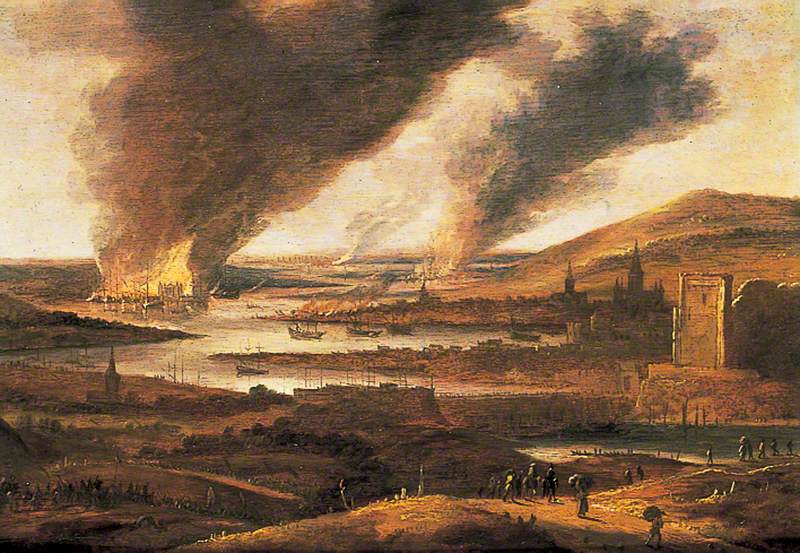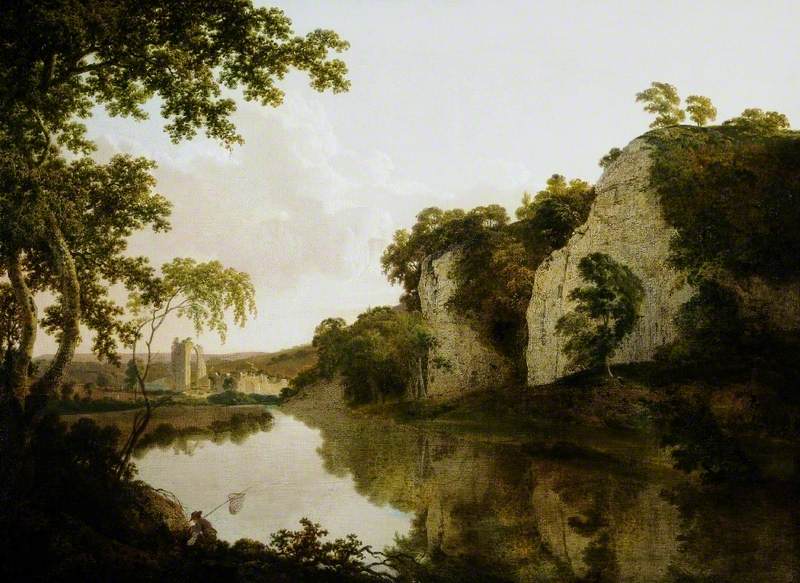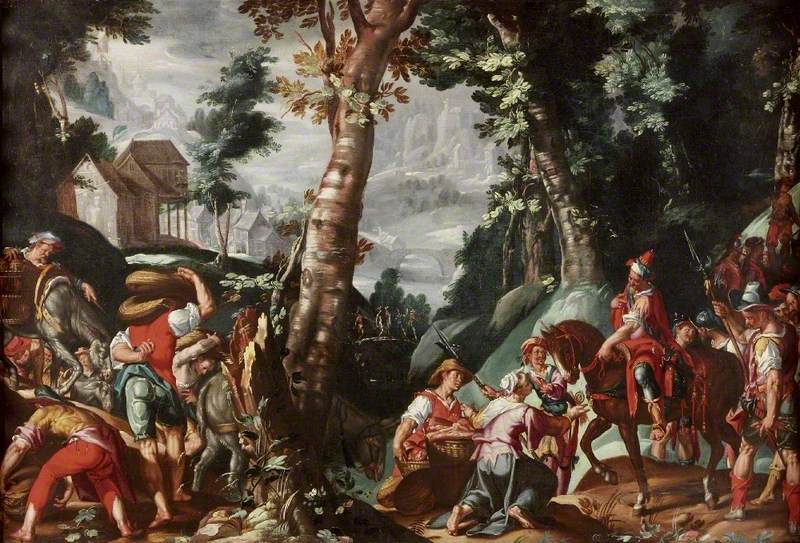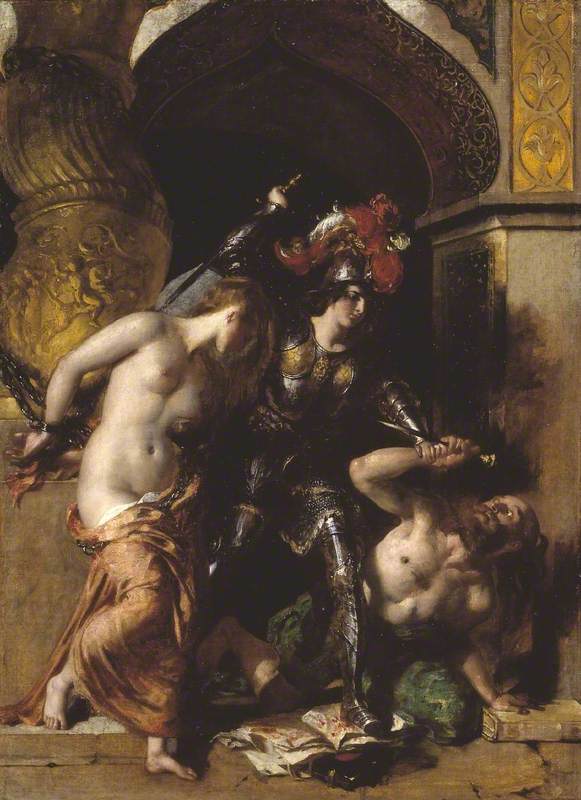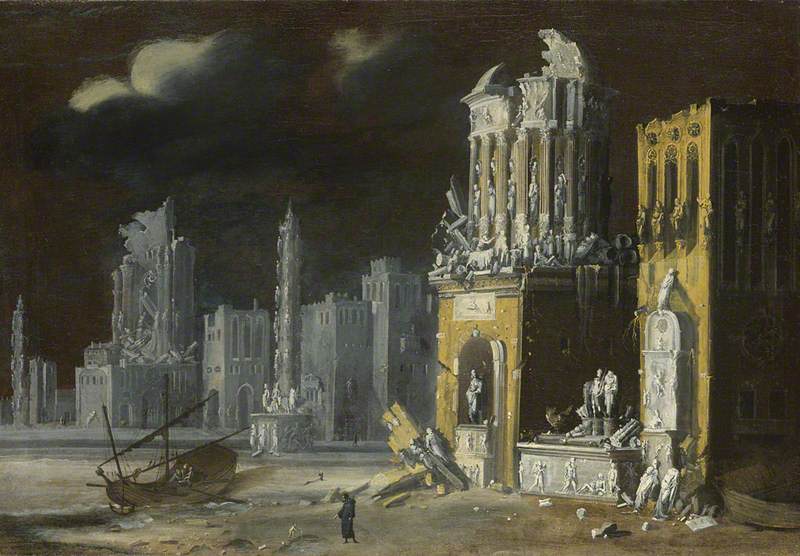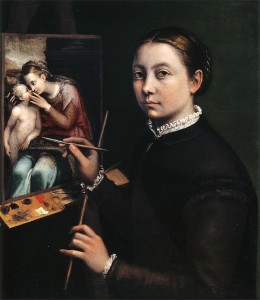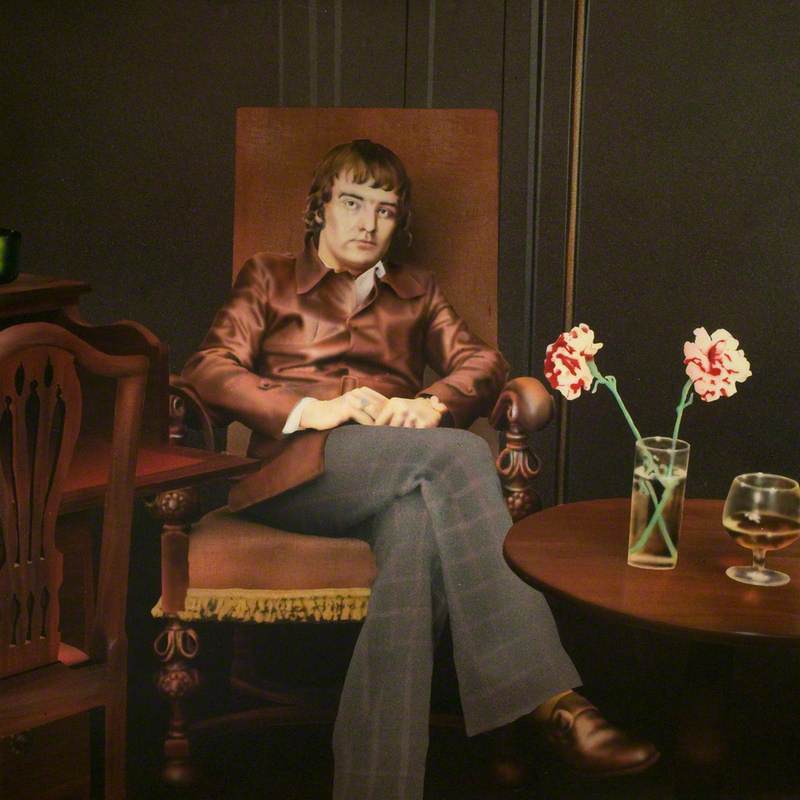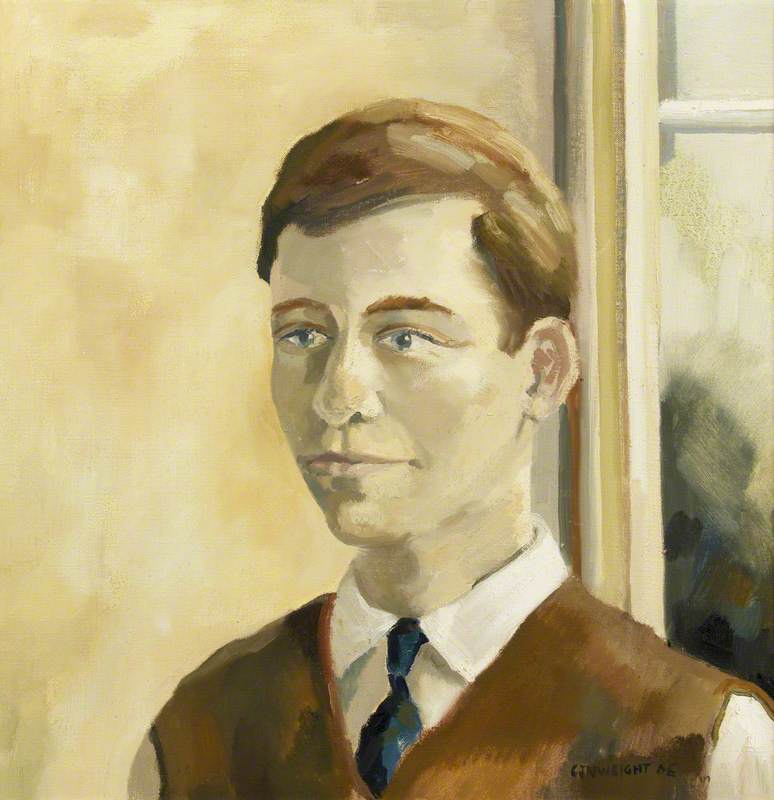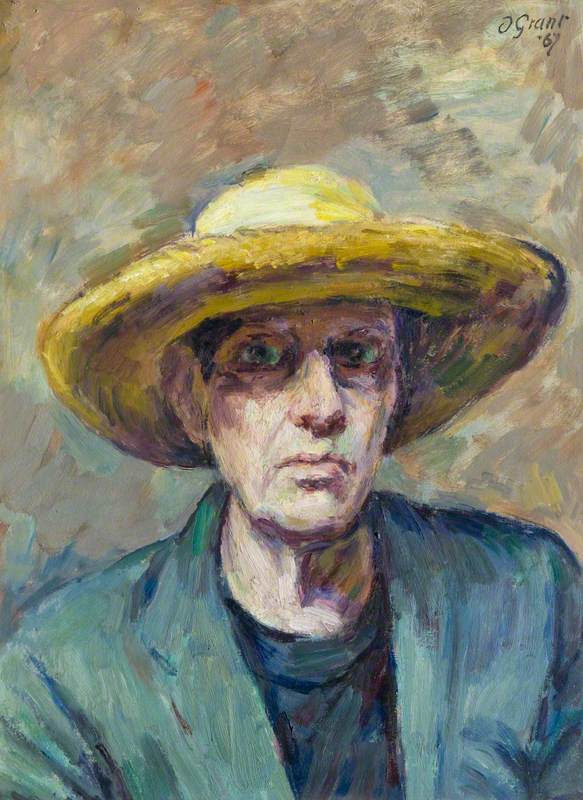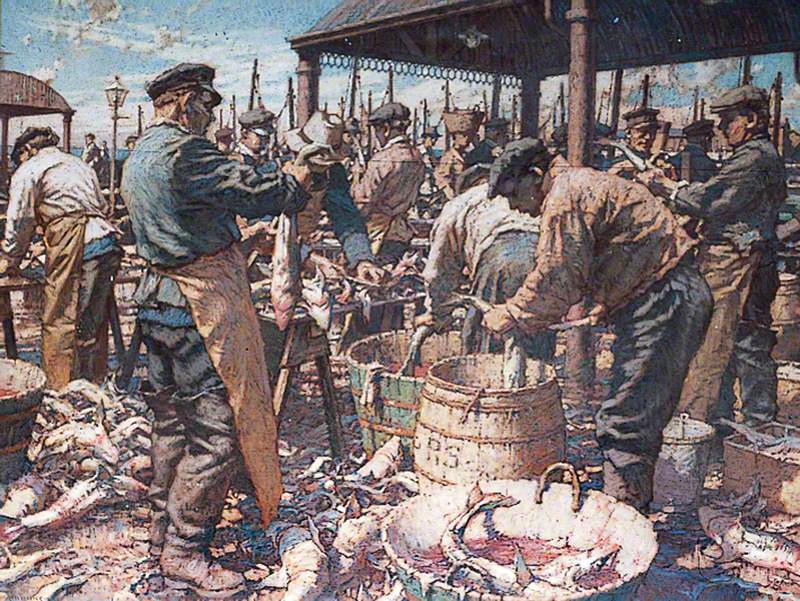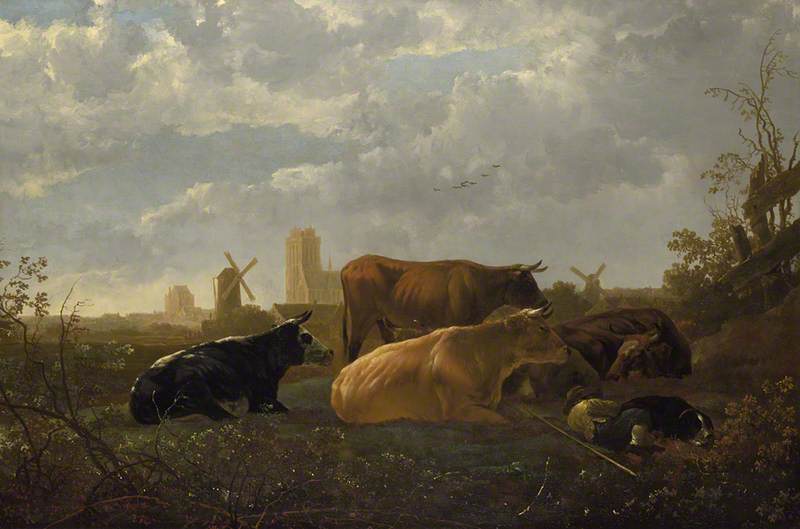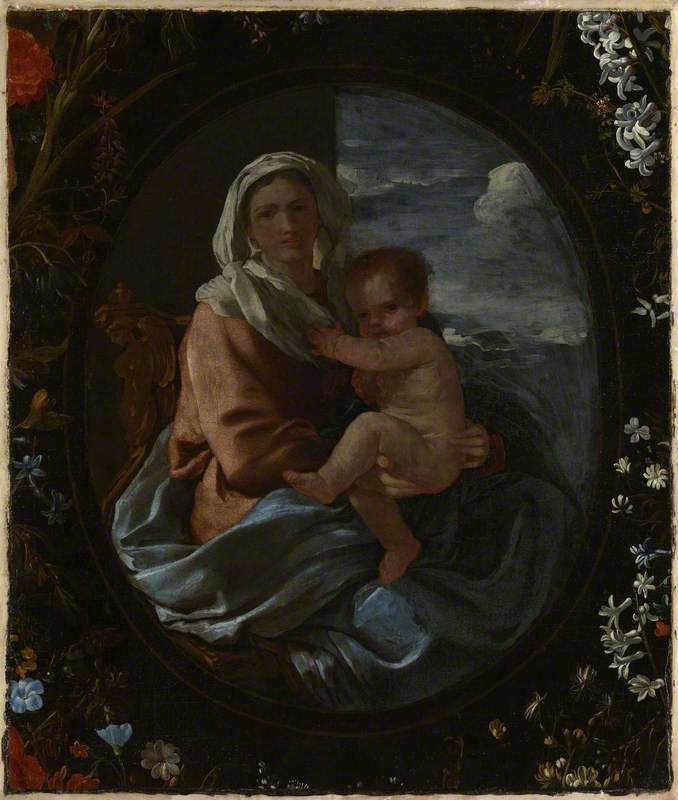Not all discoveries are worthy of a separate publication. Some of them simply find themselves published obscurely, only later to appear on Art UK. Among the collections catalogued by Art UK in Kent was of course the Maidstone Museum & Bentlif Art Gallery which contains a group of Old Master paintings mostly collected in Victorian times. There are several paintings of some significance and I thought it would be appropriate to record the circumstances of the discovery of one of them.
The initial enquiry was the same as for the Brighton Virgin and Child by Poussin, just a routine visit to a then little-known, but delightful museum, in preparation for the publication of my Old Master Paintings in Britain (1976). The Maidstone collection was looked after by a certain Mr Grove, and on my visit he was anxious to show me everything, a considerable task for an afternoon. We then repaired to his office, a world then untouched since Victorian times. Looking past a skull or two and what looked to me like a book printed by Wynkyn de Worde (incunabulae were not Mr Grove's strong point), my eye lighted on a small and gloomy picture with lots of smoke in it. Mr Grove enlightened me immediately by pointing out that it belonged to the Maidstone Historical Society and was therefore outside my remit.
It was, however, a picture of great historical interest, as it showed the burning of the English fleet in the River Medway by the Dutch in 1667, a naval disaster considered at the time to be equal to the Great Plague and the Great Fire of London. This picture was, I think, the only one in the UK showing the event. The composition was probably taken from the obscure Dutch artist Willem Schellincks but the picture itself was rather crudely painted. It was later to be published by a colleague at the Courtauld Institute, Susan Legouix (later Susan Sloman and an expert on Thomas Gainsborough) when she took up the post of curator at Maidstone. She entreated me to come to Maidstone again to try to help her with the many mysterious attributions. One of the things that puzzled her were some curious notes in the files clearly in Mr Grove’s hand. One such example looked to her like ‘Grooze’. Trying to be helpful I said could it mean the French eighteenth-century century painter Jean-Baptiste Greuze, but no, it was a Dutch seventeenth-century century landscape.
Landscape with Peasants on a Road
Jan Jacobsz. van der Croos (1654/1655–c.1716) 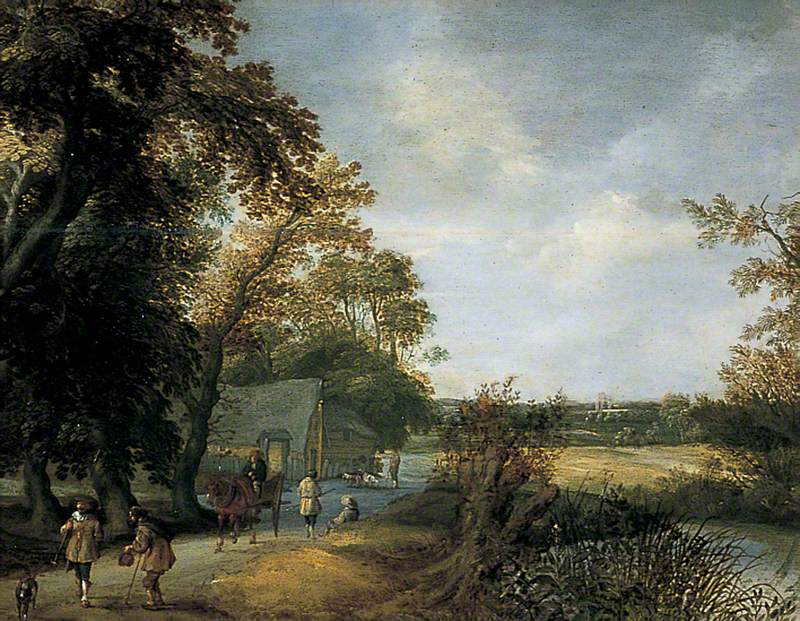
I puzzled over this for some time and then it occurred to me that the assiduous Mr Grove had recorded the attributions phonetically, when some kind visitor prior to myself had pronounced the names of the artists in the Dutch way, thus we had Van der Croos. Susan’s admirable catalogue of the picture collection was published in 1976. In the meantime we had been in amused admiration for Mr Grove who had amongst other things built up a nationally important collection of eighteenth-century carpenter’s tools.
Christopher Wright, Art UK advisor, art historian, artist and author of numerous catalogues of Old Master paintings in Britain
